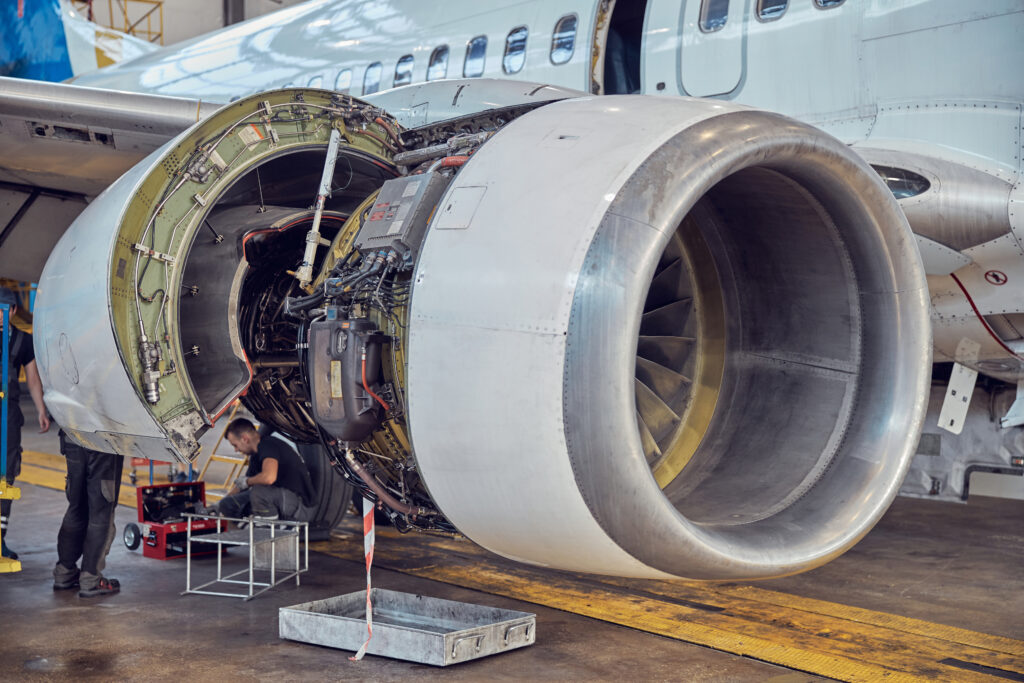Aircraft Ground Support Equipment
Aircraft Ground Support Equipment (GSE) plays a critical role in the aviation industry, supporting the efficient turnaround and maintenance of aircraft on the ground. GSE includes a wide range of vehicles and equipment such as baggage loaders, aircraft tugs, ground power units, and de-icing trucks. The inspection of this equipment is essential to ensure its proper functioning, compliance with safety standards, and adherence to regulatory requirements. Aircraft Ground Support Equipment inspection involves systematic assessments to identify and address potential issues that could impact the safety and efficiency of ground operations at airports.

Key Components of Aircraft Ground Support Equipment Inspection:
Visual Inspection
A thorough visual examination is conducted to identify any visible signs of wear, damage, or corrosion on the equipment. This includes checking for fluid leaks, loose components, and general overall condition.
Functional Checks
The operational functionality of various components and systems is tested. This includes verifying the performance of hydraulics, electrical systems, braking systems, and other critical functions specific to each piece of equipment.
Structural Inspection
The structural integrity of the GSE is assessed to ensure that it can withstand the stresses and loads associated with its intended operations. This includes inspecting frames, chassis, and other structural components.
Safety Features Inspection
Special attention is given to safety features such as emergency brakes, warning signals, and interlocks. These features are essential for ensuring the safety of both the equipment operators and the aircraft being serviced.
Fluid System Inspection
Hydraulic and fuel systems are inspected for leaks, proper fluid levels, and the condition of hoses and connectors. This is crucial for the safe and reliable operation of GSE.
Electrical System Inspection
The electrical components of GSE, including wiring, connectors, and control panels, are checked for proper functioning. This is important for equipment such as ground power units and aircraft loaders that rely on electrical systems.
Documentation Review
Inspection also involves reviewing maintenance records, service history, and compliance documentation to ensure that the equipment has undergone regular maintenance and is in compliance with regulatory requirements.
Benefits
Inspection helps identify and address potential safety hazards associated with GSE. Ensuring the proper functioning of safety features and systems is critical for the safety of personnel, aircraft, and airport operations.
Aircraft GSE inspection ensures compliance with aviation and occupational safety regulations. Adherence to these standards is essential for maintaining a safe operating environment and avoiding regulatory penalties.
Regular inspections contribute to cost savings by identifying issues early on, preventing major failures, and minimizing the need for costly repairs or replacements. This proactive approach helps control maintenance costs and extends the lifespan of equipment.
Unplanned breakdowns or malfunctions of GSE can lead to disruptions in airport operations. Regular inspections help minimize these disruptions by addressing issues before they escalate into critical failures.
Timely identification and resolution of issues through inspections contribute to the extended life of aircraft ground support equipment. This is particularly important for capital-intensive equipment, where maximizing the useful lifespan is a key financial consideration.
Inspections contribute to the overall reliability of GSE. Reliable equipment is crucial for meeting the demands of busy airports and ensuring smooth and uninterrupted ground handling operations.
GSE inspections contribute to the resilience of airport operations. By identifying and addressing potential vulnerabilities, airports can better withstand unexpected challenges and maintain operational continuity.
